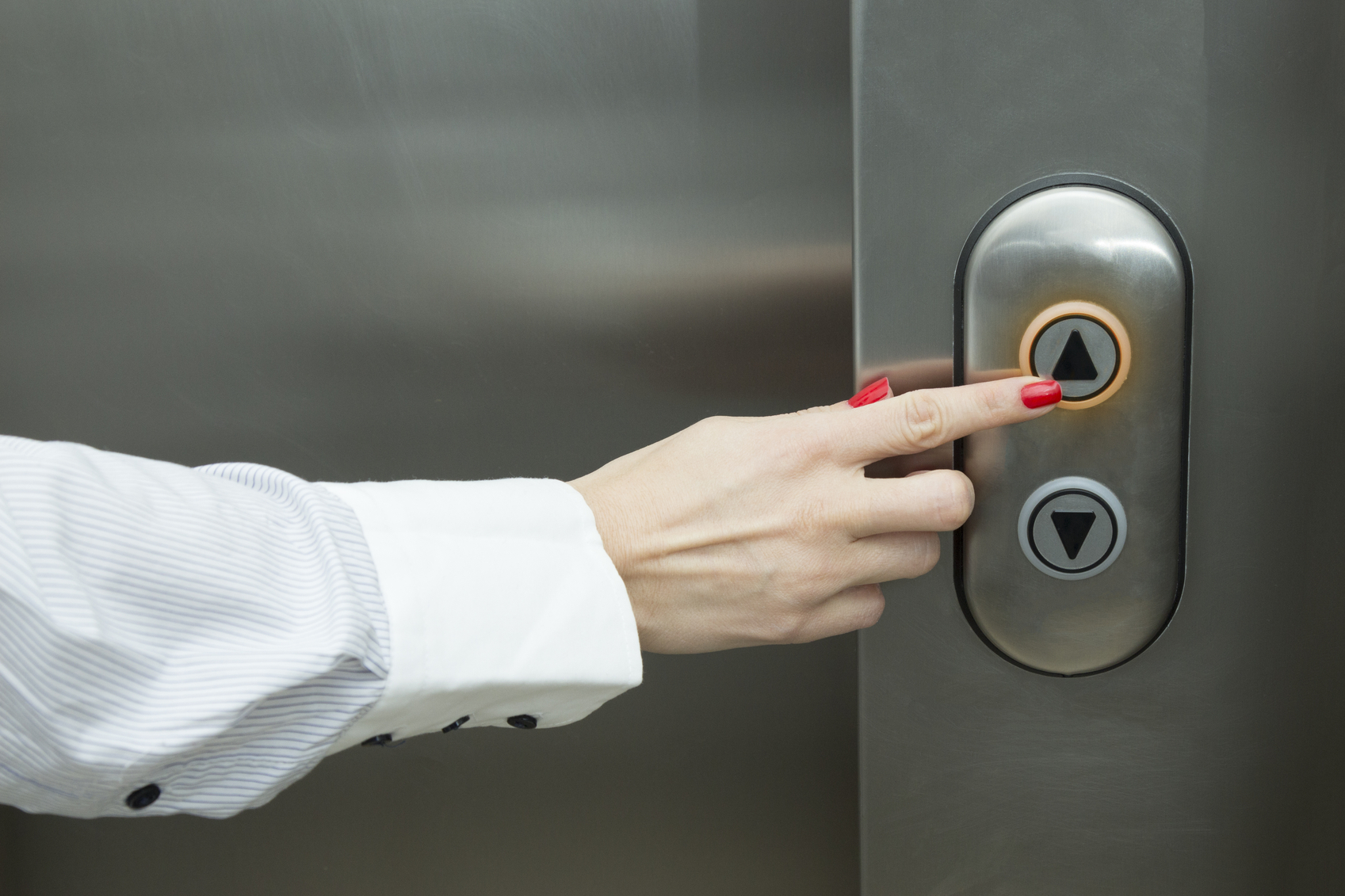Leading Lift Companies in London: Delivering Exceptional Service and Assistance
Leading Lift Companies in London: Delivering Exceptional Service and Assistance
Blog Article
Delving Into the Globe of Lifts: Typical Issues Encountered by Different Lift Mechanisms
As we navigate via the upright transportation systems of contemporary buildings, lifts stick out as an indispensable part of our lives. Nevertheless, behind their seamless procedure exists a world of elaborate devices that can occasionally come across challenges. From hydraulic elevators to grip systems and machine-room-less designs, each lift kind includes its set of usual problems. Understanding these obstacles is vital for guaranteeing the smooth performance of these crucial systems. Let's check out the complexities that underlie the procedure of elevators and the possible problems that can emerge, clarifying the complex web of lift mechanisms.
Hydraulic Elevators
Hydraulic lifts, often preferred for low-rise structures, utilize fluid pressure to control the motion of the elevator auto (lift repair companies). This system entails a hydraulic pump pressing oil right into a cylinder, causing the lift to relocate the desired instructions. While hydraulic elevators are recognized for their silent and smooth procedure, they do feature their very own collection of typical issues
One widespread problem with hydraulic elevators is oil leakage. Additionally, issues with the control system, such as malfunctioning shutoffs or a malfunctioning pump, can trigger disturbances in the lift's activity.
Regular maintenance and timely repair services are important to make sure the smooth functioning of hydraulic elevators. By attending to these typical concerns proactively, building proprietors can minimize downtime and guarantee the security and efficiency of their vertical transport system.
Traction Lifts
When considering vertical transport systems in buildings, an additional typical type in addition to hydraulic elevators is the grip elevator. Grip elevators operate making use of a system of ropes and weights that move the elevator auto by gripping onto the hoist ropes. This system permits smoother and much faster upright transportation contrasted to hydraulic systems.
One of the typical issues dealt with by grip lifts is rope wear. The constant movement of the ropes within the traction system can result in damage gradually, possibly causing the lift to malfunction or become unsafe for usage. Routine assessments and maintenance of the ropes are important to make certain the lift's appropriate performance and security.
One more concern that grip lifts might experience is associated with the control system. Troubles with the control system can lead to concerns such as irregular movement, delays in reaction times, and even full shutdowns. Regular screening and maintenance of the control system are crucial to stop such concerns and make sure the elevator's dependability.
Machine-Room-Less (MRL) Lifts

One of the key parts of MRL lifts is the small gearless traction machine that is mounted within the hoistway. This maker effectively drives the elevator car without the demand for cumbersome devices found in traditional grip lifts. Furthermore, MRL elevators typically use a weight system to balance the auto, more enhancing their power effectiveness.
In spite of their advantages, MRL elevators might face obstacles associated to repair and maintenance because of the constrained area for tools installation. Access for servicing components within the shaft can be limited, calling for specialized training for specialists. Correct upkeep schedules and normal evaluations are crucial to make sure the ongoing smooth operation of MRL lifts.
Overloading and Weight Limit Issues
Straining and weight restriction concerns are important concerns in elevator operations. Lift suppliers design raises with particular weight capabilities to make sure guest safety and security and equipment longevity.
When elevators are overloaded, it puts excessive strain on the motor, cords, and various other elements, potentially creating breakdowns or failures. If they spot excess weight, safety mechanisms such as sensors and overload sensing units are in location to avoid elevators from relocating. Furthermore, surpassing weight limits can bring about boosted energy consumption and damage on the elevator system.
To mitigate straining problems, building supervisors ought to prominently present weight limitations in elevators and educate residents on the importance of sticking we maintain lifts to these limitations - lift repair companies. Regular upkeep checks by certified professionals can likewise help make certain that lifts are operating within safe weight criteria. By attending to overloading and weight limitation concerns proactively, structure owners can disabled platform lifts prices uk boost lift safety and security and effectiveness
Electric System Failings
Going beyond weight limits in elevators can not only lead to mechanical concerns yet also potentially contribute to electrical system failures within the lift facilities. Electrical system failings are an essential concern in elevator operation, as they can trigger unanticipated shutdowns, breakdowns, or also safety risks.
Routine upkeep and examinations are crucial to recognize and attend to potential electric problems promptly, making certain the risk-free and efficient procedure of elevator systems. By sticking to weight limitations and conducting regular electrical system checks, structure owners can alleviate the risk of electric failures in lifts.
Conclusion

Hydraulic lifts, commonly liked for low-rise buildings, utilize fluid stress to regulate the motion of the elevator vehicle.When considering vertical transport systems in structures, one more common kind apart from hydraulic lifts is the traction elevator. Grip lifts run making use of a system of ropes and weights that relocate the elevator auto by grasping onto the hoist ropes. Unlike traditional lifts that require a different equipment room to house the tools, MRL lifts integrate many of the components within the shaft, removing the requirement for a dedicated equipment room.In verdict, lifts face usual problems we maintain lifts such as hydraulic malfunctions, grip system failures, and electric system problems.
Report this page